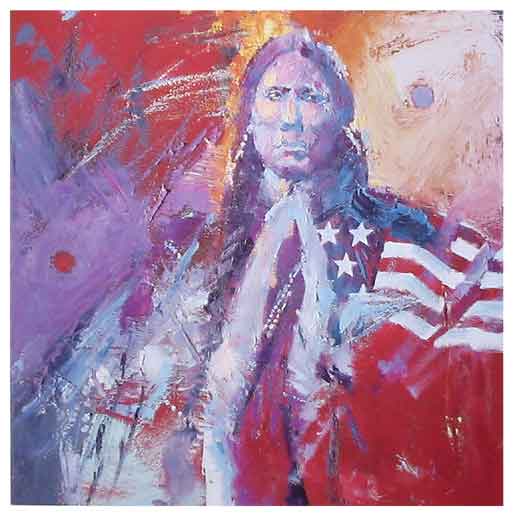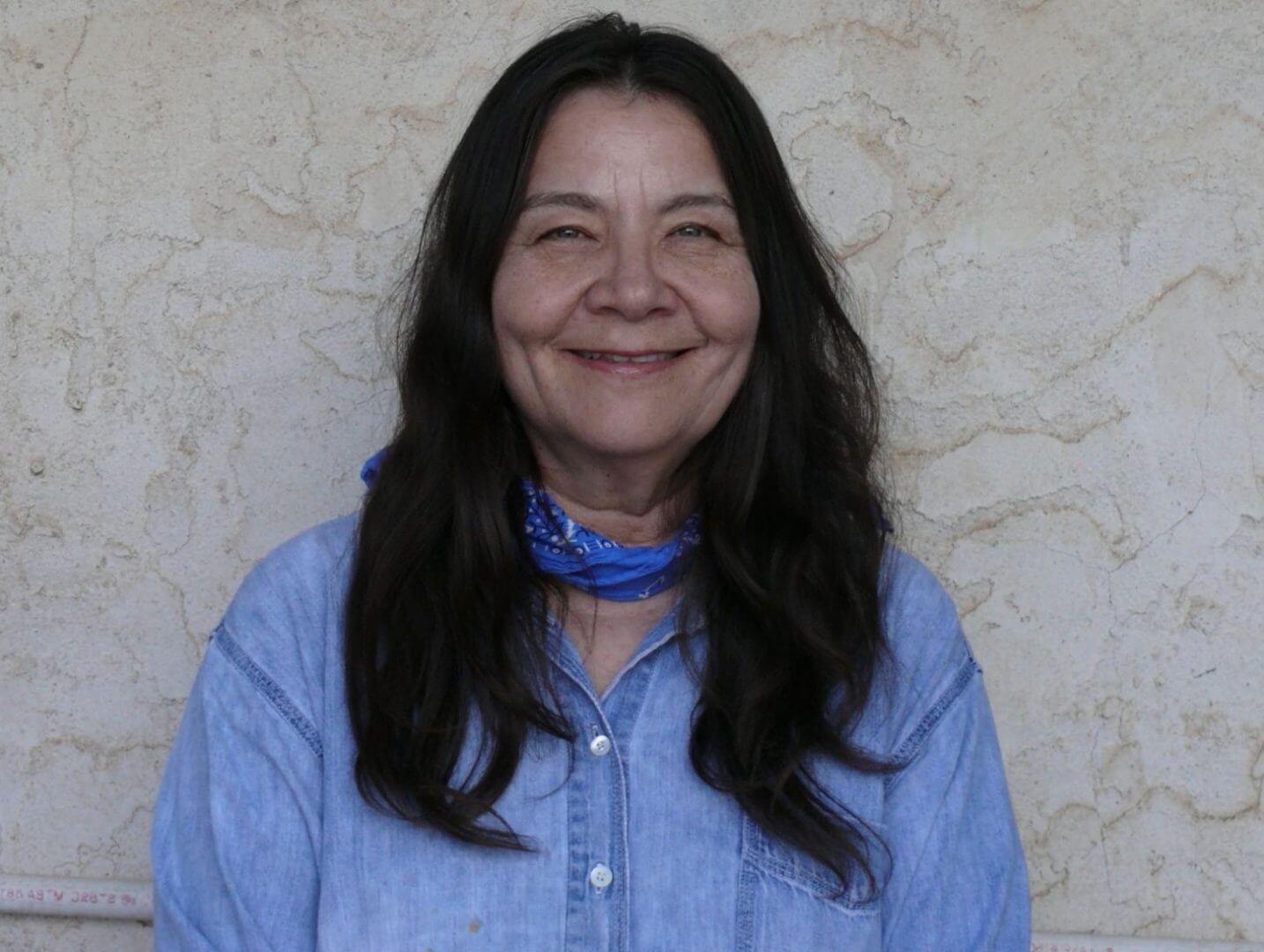
Native American invitation to cultural resistance
Civilization and savagery. Progress and primitivism. Culture and illiteracy. Morality and violence. These are well recognizable oxymorons, the ‘good vs bad’ type of oxymorons. But more than bare rhetorical devices, these words are the labels traditional narrations have always used to describe the relation between the European colonizers and the native peoples of America, popularly referred to as the ‘Cowboys and Indians’ fight.
As bearers of knowledge and civilization, the European people that landed in America felt the right to use the most cruel and deplorable means to impose their power over the natives, killing thousands of people and repressing a culture they wouldn’t even consider. Not to mention the Reservations and the ethnical discrimination that followed and continued for years, even when decades had passed since the first brutal Indian wars.
Whereas today history has been reconsidered and the treatment reserved to Native American people is strongly condemned, Native American culture is still widely underrated. Especially in Europe, the knowledge of indigenous culture is mostly reduced to some ethnical-based stereotypes, which may have lost their negative connotation but still maintain that original feeling of superiority. That’s to say, our curiosity is animated by those Indian habits and traditions that we consider exotic and fascinating, as our mind is populated by stories of magical rituals and dances that we fundamentally consider primitive, although interesting.

What we unfortunately ignore is that despite of the perpetuated violence they’ve suffered, Native American people have been able to keep a culture alive. The wisest answer to violence given by these helpless people has been a tenacious cultural resistance, of which the creation of a literature is a fundamental aspect. Here’s the biggest challenge of Native American people: preserving a cultural that was mostly spoken creating a written tradition. Most of us would never expect how dynamic contemporary Native American culture is, and how complex and worthy Native American authors’ works are.
Despite of the many differences occurring between the several representatives of American indigenous culture, what characterizes most of them is the seeking of a personal and effective way to maintain tradition alive using writing. The connection with tradition and history is fundamental, although not to be intended according to the simplistic European-centered perspective that tends to see Native Indian tradition as something static that needs to be kept safe in a museum showcase and wiped every now and then. The tradition that is at the core of contemporary Native American cultural works is instead something dynamic, constantly moving, often controversial and not easy to deal with. And the fact that English language is the main means through which these attempts are done only makes things more interesting, as Native authors manage to preserve their traditional culture using the language that threatened their tradition itself.

Here’s the beginning of Leslie Marmon Silko’s Language and Literature from a Pueblo Indian Perspective, an essay in which the contemporary Laguna Pueblo writer well clarifies the complexity that leans underneath contemporary Native American literature:
“Where I COME from, the words most highly valued are those spoken from the heart, unpremeditated and unrehearsed. Among the Pueblo people, a written speech or statement is highly suspect because the true feelings of the speaker remain hidden as she reads words that are detatched from the occasion and the audience […] My task is a formidable one: I ask you to set aside a number of basic approaches that you have been using and probably will continue to use, and, instead, to approach language from the Pueblo perspective, one that embraces the whole of creation and the whole of history and time.*”
Contemporary Native American Literature is an example of positive resistance, an example of constructive power and an invitation to go beyond the surface of stereotypes, embracing the challenge of finding new ways to tell our own story.
Special thanks to Dr. Ewelina Bańka, the person who made me overcome stereotypes and discover the fascinating world of contemporary Native American Literature.
1101, cowboys and indians, featured, leslie marmon silko, native american, native american culture, native american literature, pueblo indians